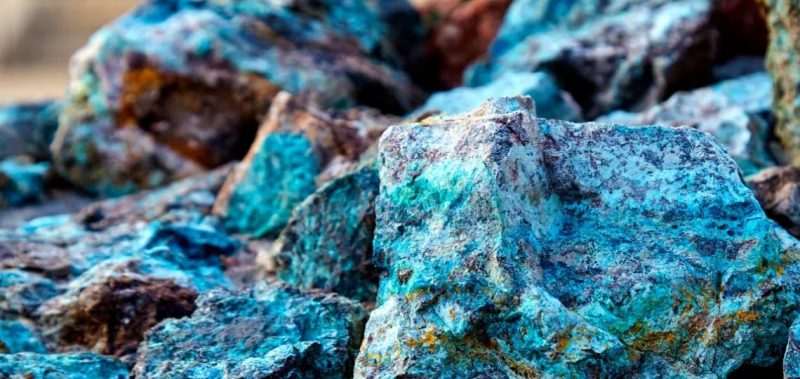
Congo to Replace Cobalt Export Ban with Quotas from October 16
The Democratic Republic of Congo (DRC) will lift its cobalt export ban on October 16, replacing it with a quota system to stabilize the market. The announcement, made by the country’s strategic minerals regulator, outlines new annual export caps aimed at controlling global cobalt supply and supporting depressed prices. Miners can export 18,125 tons in Q4 2025, with full-year caps set at 96,600 tons for 2026 and 2027.
Congo remains the world’s dominant cobalt producer, supplying over 70% of global output in 2024. However, its February export suspension—extended in June—disrupted the supply chain, leading companies like Glencore and CMOC Group to declare force majeure. The regulator’s shift to export quotas intends to reduce excess inventories and restore pricing power amid volatile market conditions.
The DRC’s quota plan allocates exports based on historical shipments and reserves 10% for national projects. The system is backed by Glencore but faces resistance from CMOC. Meanwhile, artisanal mining—largely unregulated in the region—continues to pose traceability challenges for global buyers. Ongoing conflict in eastern Congo, where illegal mining funds rebel activity, further complicates the policy landscape.
Strategic Implications of Congo’s Cobalt Quotas
The cobalt quota system signals a structural shift in Congo’s critical minerals policy. The regulator now has authority to revise quotas based on local refining progress or changing market dynamics. It may also purchase surplus material from companies exceeding quarterly limits, adding a new layer of state intervention.
This move aims to restore price stability after cobalt hit a nine-year low earlier this year. By restricting volume and reducing unsold stockpiles, Congo hopes to strengthen its influence over a metal essential for lithium-ion batteries in electric vehicles (EVs), smartphones, and grid storage systems.
However, the policy also increases uncertainty for downstream buyers. With major producers divided over the quota regime, supply contracts could face more volatility. Battery manufacturers and EV companies may seek to diversify sources or push for better traceability from Congo’s artisanal sector to meet ESG requirements.
SuperMetalPrice Commentary:
Congo’s switch from a cobalt export ban to a quota-based system marks a calculated effort to rebalance a fragile market. The quotas, while restrictive, aim to support prices in a sector vital to the global energy transition. Yet, tensions between multinational miners and Congolese authorities hint at deeper structural issues—especially around governance, artisanal mining, and geopolitical risk. With cobalt playing a central role in battery technology, this move may prompt Western buyers to revisit sourcing strategies or accelerate investment in alternative supply chains. For now, market participants must closely monitor quota allocations and regulatory enforcement in one of the world’s most influential cobalt jurisdictions.


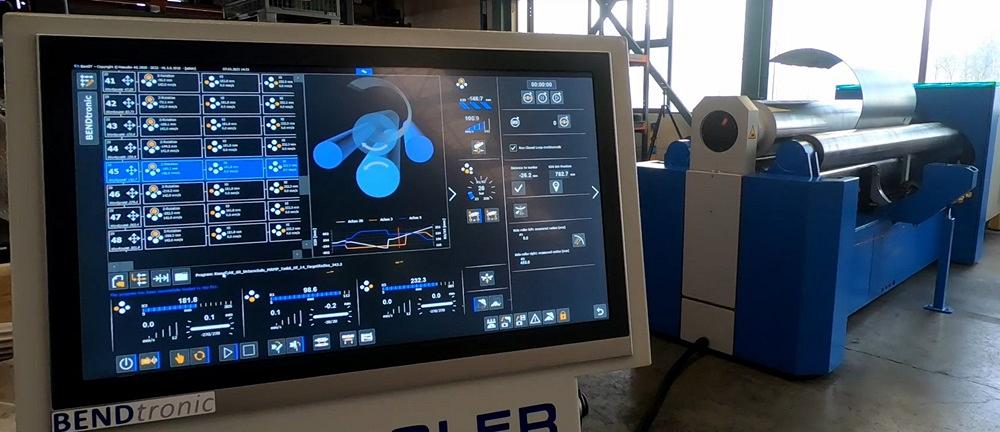
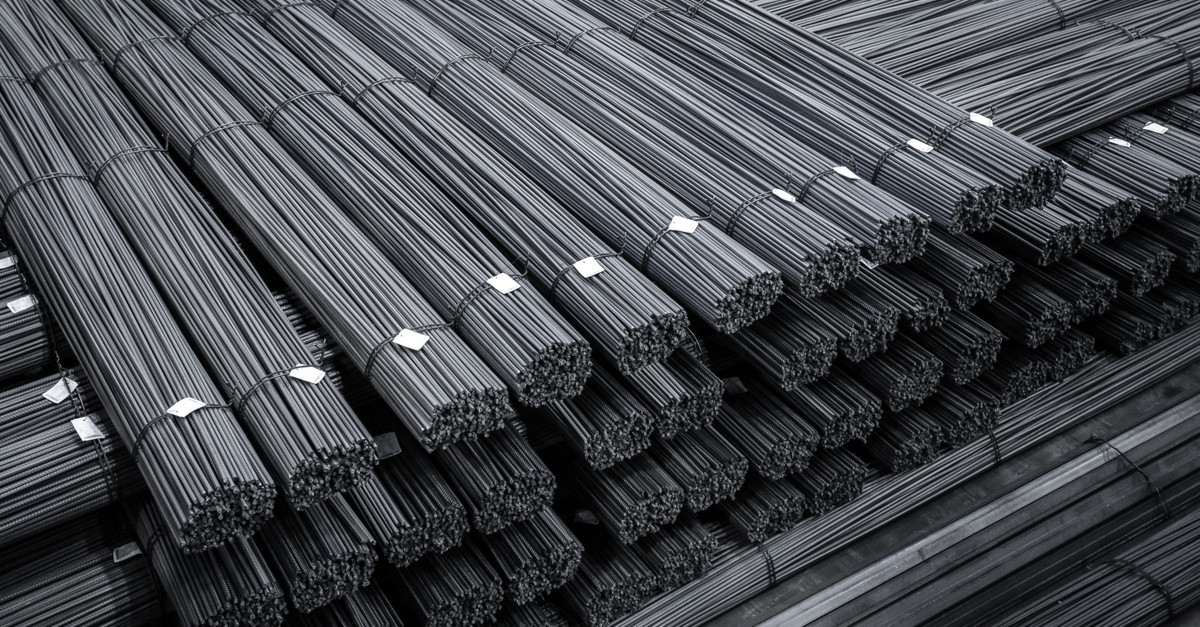



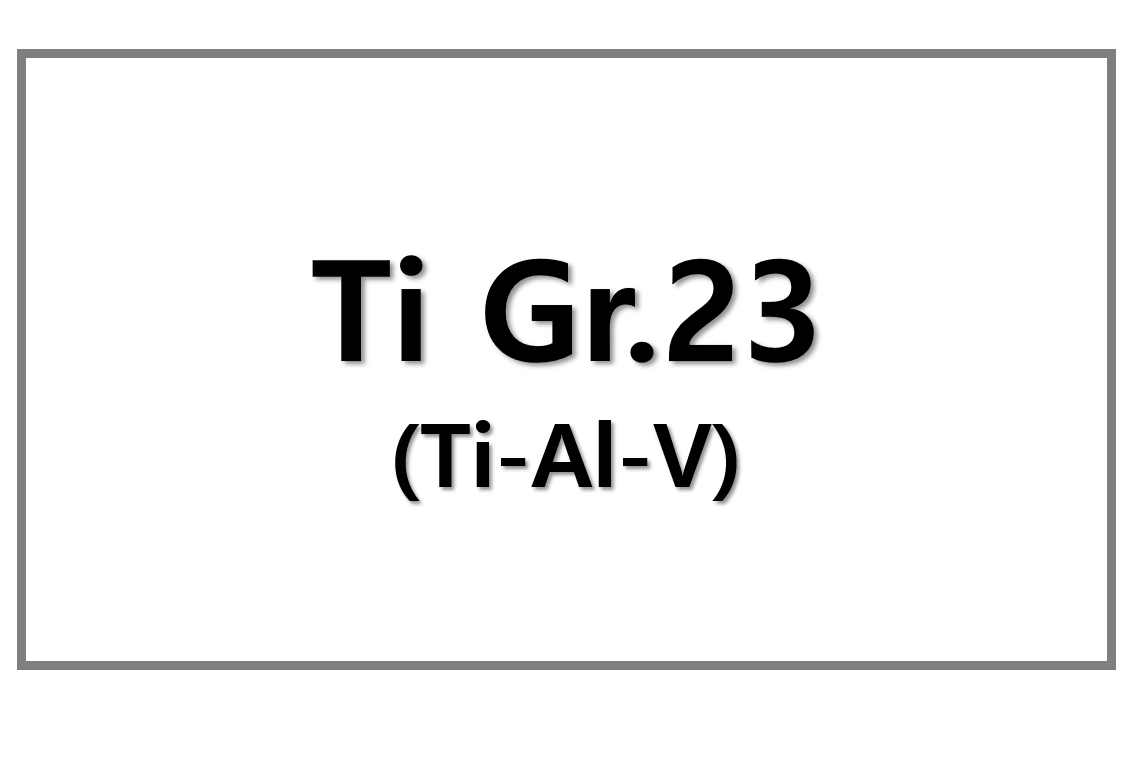
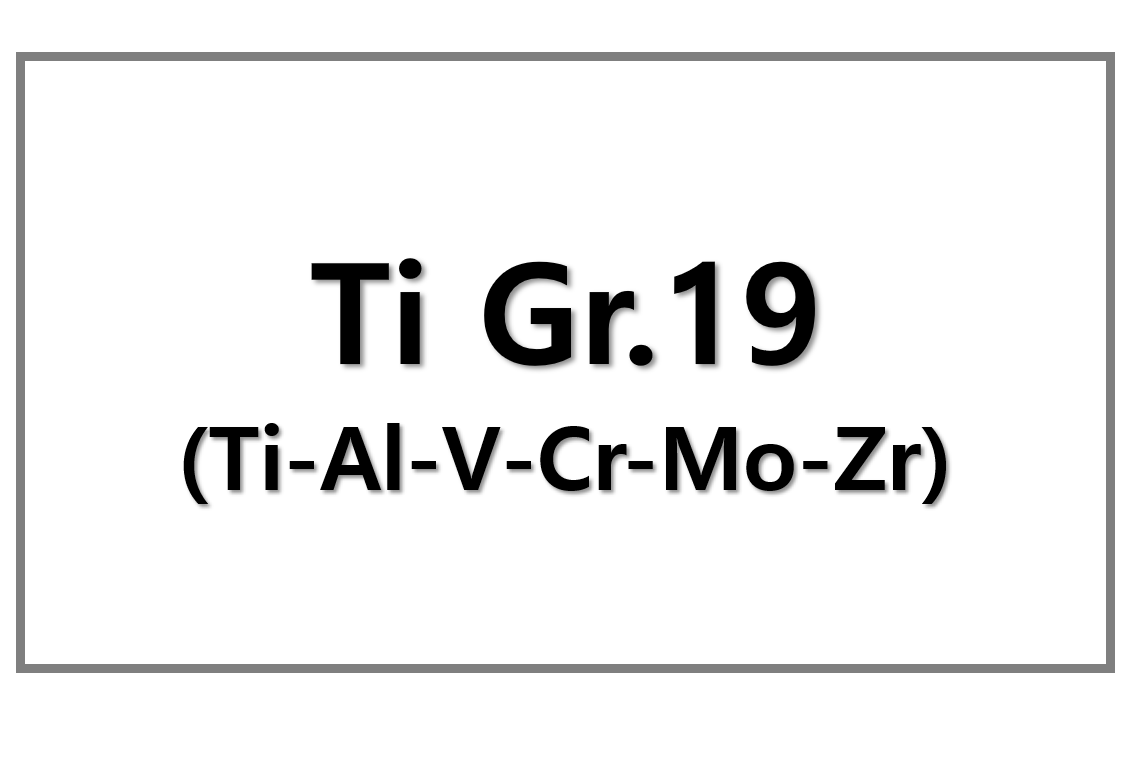
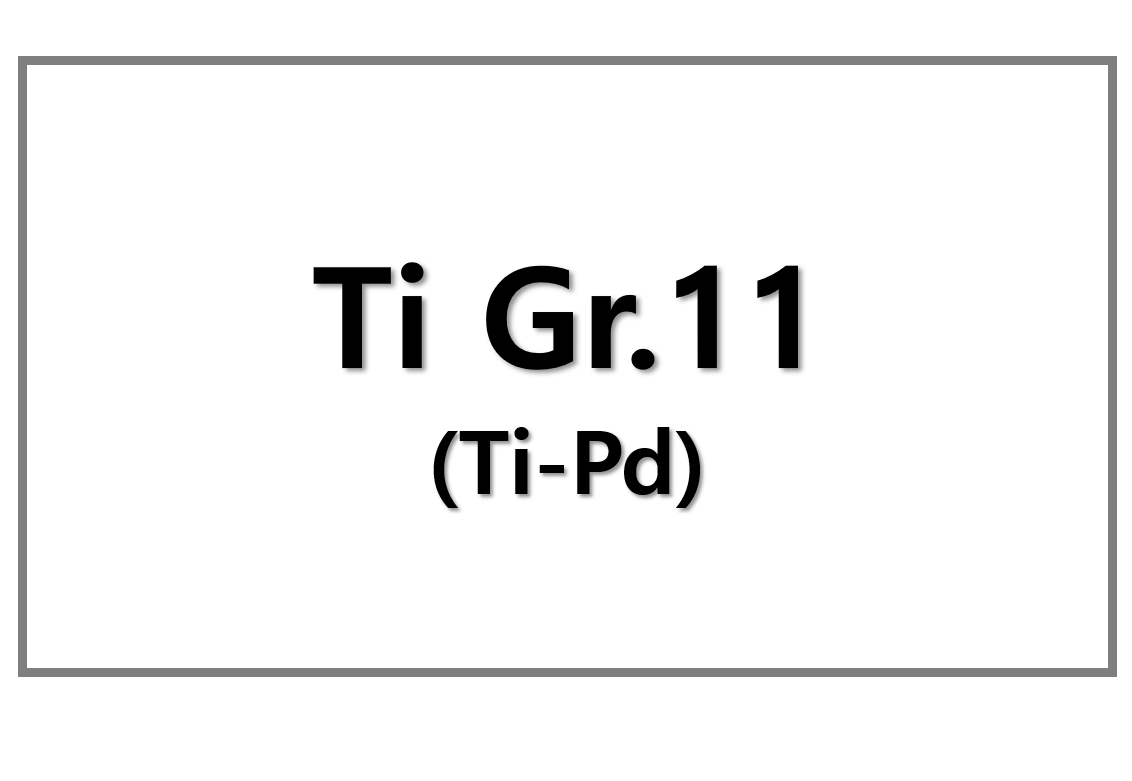
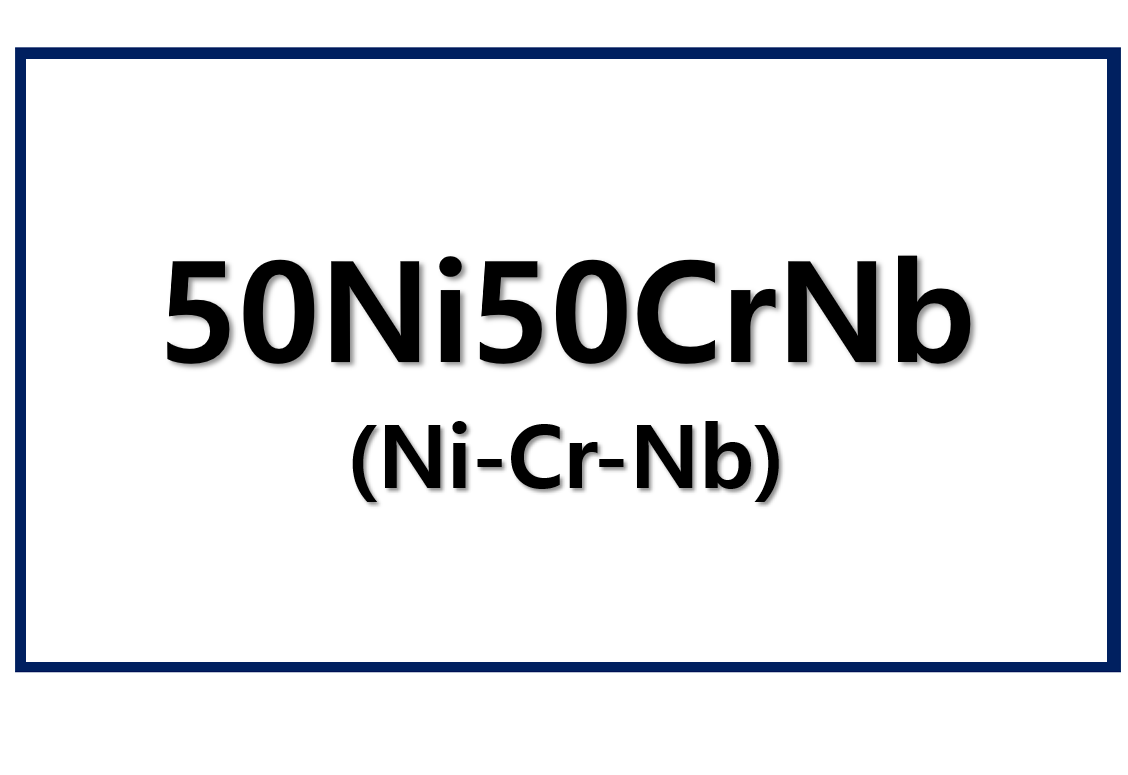
Leave a Reply
You must be logged in to post a comment.